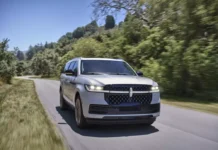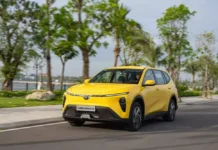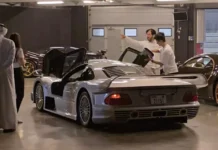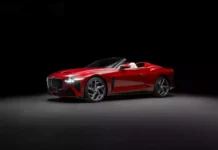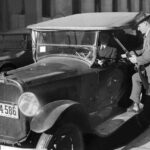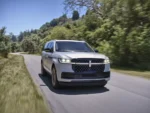The first police cars in the United States appeared in the late 19th century. In fact, the first electric police car in the world was used in Akron, Ohio in 1899. Nowadays, police departments are returning to experimenting with and using electric cars. Police cars have become more prevalent since criminals started using cars. As they had more powerful cars, the police also needed better counterparts to stop them.
However, police cars did not start out as pursuit vehicles. Initially, they were primarily used to save costs. Alongside the radio system, an officer with a car could manage an area that previously required several people.
Police cars initially were very basic, and the idea of a “police package” for a car first appeared after World War I when car manufacturers simply put together the most popular options that police departments had chosen and combined them.
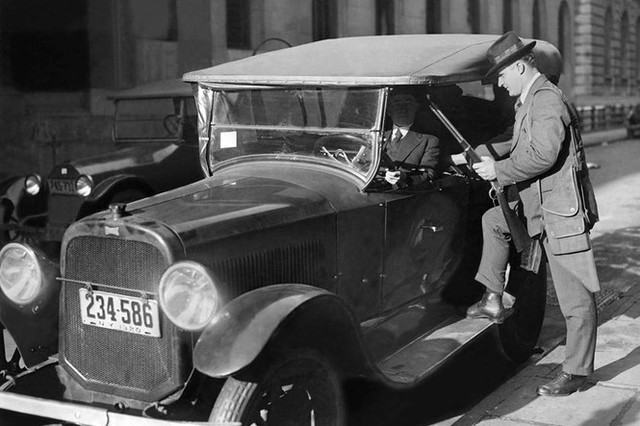 |
Ford’s first police package appeared in 1950, followed by Chevrolet in 1955 and Dodge in 1956. Ford was the first to build and maintain a leading position in the police car market thanks to its V8 Flathead and Model 1838 engines. By 1969, Chrysler broke that dominance with its powerful and reliable V8 engine.
A Detroit police officer named Kenneth Cox and an engineering student named Robert Batts installed a radio in the back seat of a Ford Model T in 1921, but it took 6 years to remove it. The city of New York then came up with the idea and assembled a team of Radio Motor Patrol cars. Previously, they used radios only to transmit information such as stolen cars and missing persons, but putting radios in patrol cars really changed the police world.
The following list highlights some notable cars used in the history of American police:
Chrysler Enforcer
 |
In the 1960s, the Chrysler Enforcer was a 4-door sedan with a special police package including power steering and drum brakes. The car had a 5.9L V8 engine with 265 horsepower and a top speed of 209 km/h, transmitting power to the rear wheels with a push-button transmission.
Dodge Monaco
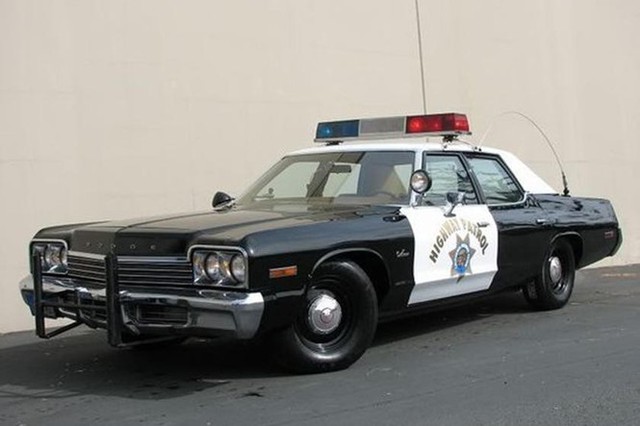 |
By 1970, 85% of American police cars were Chryslers. The 7.2L V8 Magnum engine was unbeatable until the fuel crisis ended the era of gas-guzzling engines. The Monaco was the last Dodge model to have this engine. However, the Monaco had a perfect ‘closure’ by becoming the hero car in the movie The Blues Brothers with its 440 cc engine, police tires, police suspension, and an enhanced front-end collision plate.
Ford LTD Crown Victoria
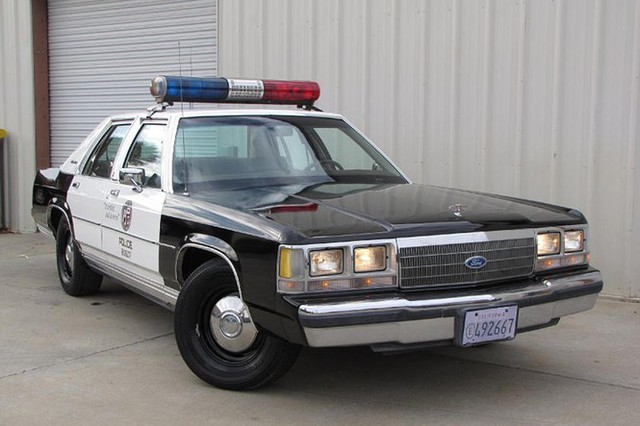 |
By the late 1970s, the police cars of that time were not powerful enough, and that was immediately recognized. The Ford LTD made this list mainly because of popular TV series from the 70s and 80s that imprinted the image of a police car on many people’s minds.
Chevrolet Nova
 |
The Chevy Nova was a popular choice with good performance, fuel economy, and smaller size. Chevy selected the 9C1 package for police use, and the 9C1 Chevrolet Nova was tested for the Los Angeles County Sheriff’s Office before being widely used from 1975 to 1979. The police package features included front and rear shock shields, a high-capacity alternator, four-wheel disc brakes, heavy-duty steel wheels, power-assisted steering, reinforced body mounts, dual exhaust, front-seat anti-ram steel plate, and a 4.3L L99 V8 engine with a maximum power of 200 horsepower and a peak torque of 332 Nm.
Ford Mustang SSP
 |
To patrol California’s highways, a fast vehicle was needed, and regular patrol cars couldn’t do that. Initially, the U.S. police used a Chevrolet Camaro Z28 in 1979, and it proved the effectiveness of a dedicated police car. However, the Camaro didn’t have enough reliability. This led Ford to introduce the special Mustang SSP model in 1982, featuring a powerful 5.0L engine, calibrated speedometer, and a factory-installed radio noise suppression package. Later, the Mustang SSP had either a 5-speed manual or an automatic transmission, front disc brakes with rear rotor shields, a 130-amp alternator, an air-diverting front deflector, and a 3.5L Twin Turbo V6 engine.
Ford Crown Victoria
 |
By the early 1980s, the Ford Crown Victoria became the gold standard of police cars, surpassing the Dodge Diplomat, Chevrolet Caprice, and Ford LTD. The name Crown Victoria was used for the Ford LTD, but the Crown Victoria was a separate model, with its own P71 designation. The car was produced for two generations from 1992 to 2011, becoming the most widely used vehicle for law enforcement agencies in the United States, Canada, and Saudi Arabia.
Chevrolet Tahoe PPV
 |
Chevrolet discontinued the Caprice in 1996, leaving Ford as the only company providing rear-wheel-drive police cars. However, before that, this automaker created a rear-wheel-drive police car, the Tahoe PPV, with a V8 engine. At that time, many police departments were not used to large SUVs, but they were popular in rural areas despite not having a four-wheel-drive version. Despite adding specific police parts and features, the Tahoe PPV was lower by 1 inch and faster than the standard Tahoe.
Ford Police Interceptor Utility 2020
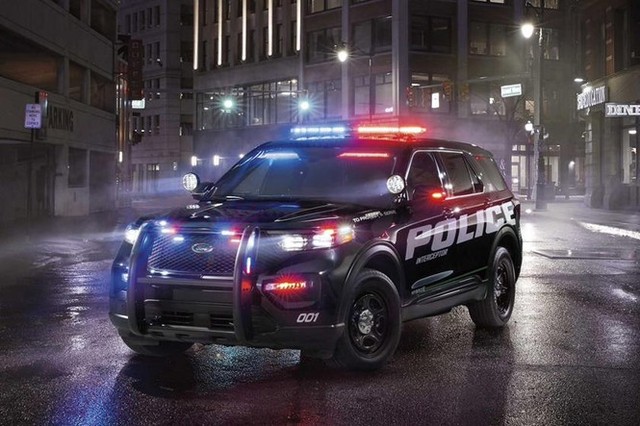 |
The Interceptor Utility, based on the Explorer, appeared in early 2019, but in 2020, American police will have the option of owning an all-wheel-drive hybrid police car. The standard engine is a 3.3L Duratec V6 with a maximum output of 285 horsepower and a torque of 352 Nm, and there is also a Twin Turbo EcoBoost 3.0L engine with a maximum output of 400 horsepower and a peak torque of 562 Nm. The Hybrid powertrain helps the car to be fuel-efficient without sacrificing performance or versatility.
F-150 Police Responder
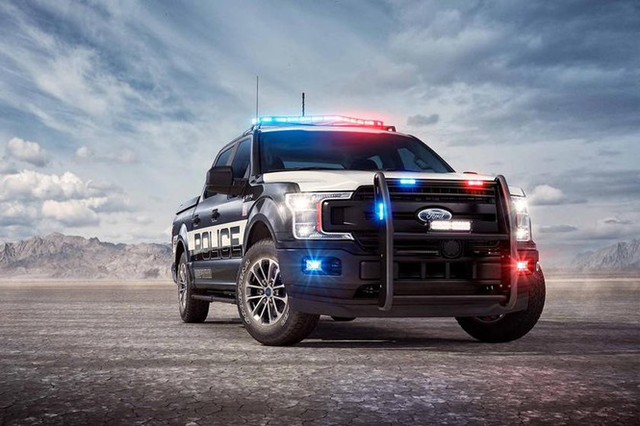 |
A pickup truck had been used by the police, but now Ford will provide the F-150 Responder model with a police package that includes the suspension of the FX4 Off-Road variant, Goodyear Wrangler tires, a 240-amp alternator, and a Twin Turbo EcoBoost 3.5L engine with a maximum output of 375 horsepower and a peak torque of 637 Nm.


